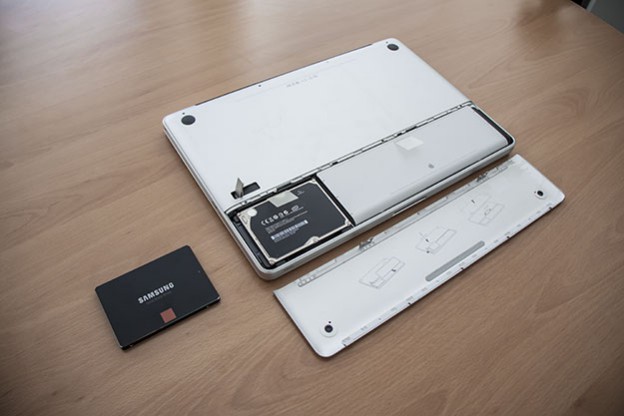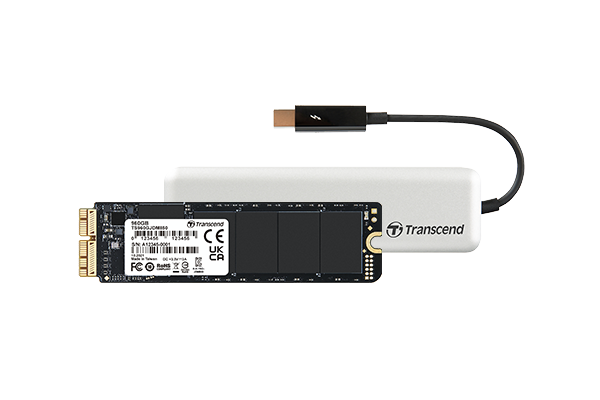


You can use OS X’s built-in Disk Utility software to clone your original hard drive.
#2013 mac swapping hdd for an ssd upgrade#
Note: Before replacing your internal hard drive, you can consider backing up or cloning your original hard drive to the new one in order to make the upgrade process as seamless as possible. The Medium Type and Protocol attributes describe the type of internal storage implementation. So, before upgrading your internal MacBook storage, you should ensure the type of storage it implements, as none of them are inter-compatible. You can easily find out what internal storage type your Mac implements by accessing the Storage tab in System Report…Ĭlick on the Apple Logo on the top left corner > About This Mac > System Report > Storage (under Hardware), and look at the Physical Volumes (or Physical Drive for some MacBook models) section. Eventually, SATA-based SSDs were replaced with PCIe-based flash storage in later MacBook models, which supports faster data transfers (up to 25 Gbits/s in case of PCIe 3.0). The first of the flash storage based MacBooks implemented SATA interfacing, which supports transfer speeds of up to 6 Gbits/s (in case of SATA III). Most of the earlier MacBook models (before mid 2012) have standard rotational hard drives, while most of the post mid 2012 models (particularly the Retina ones) have SSDs (flash storage).Įven for MacBooks based on flash storage, its implementation varies in different models. Apart from capacity, MacBook drives also differ in technology. 1.2.2 Storage upgrades for PCIe based SSDsĭepending on the specific model, your MacBook might be equipped with a storage disk ranging anywhere between 128 GB to 1 TB.1.2.1 Storage upgrades for SATA based SSDs.1.1 Upgrading from rotational HDD to SSD.


 0 kommentar(er)
0 kommentar(er)
